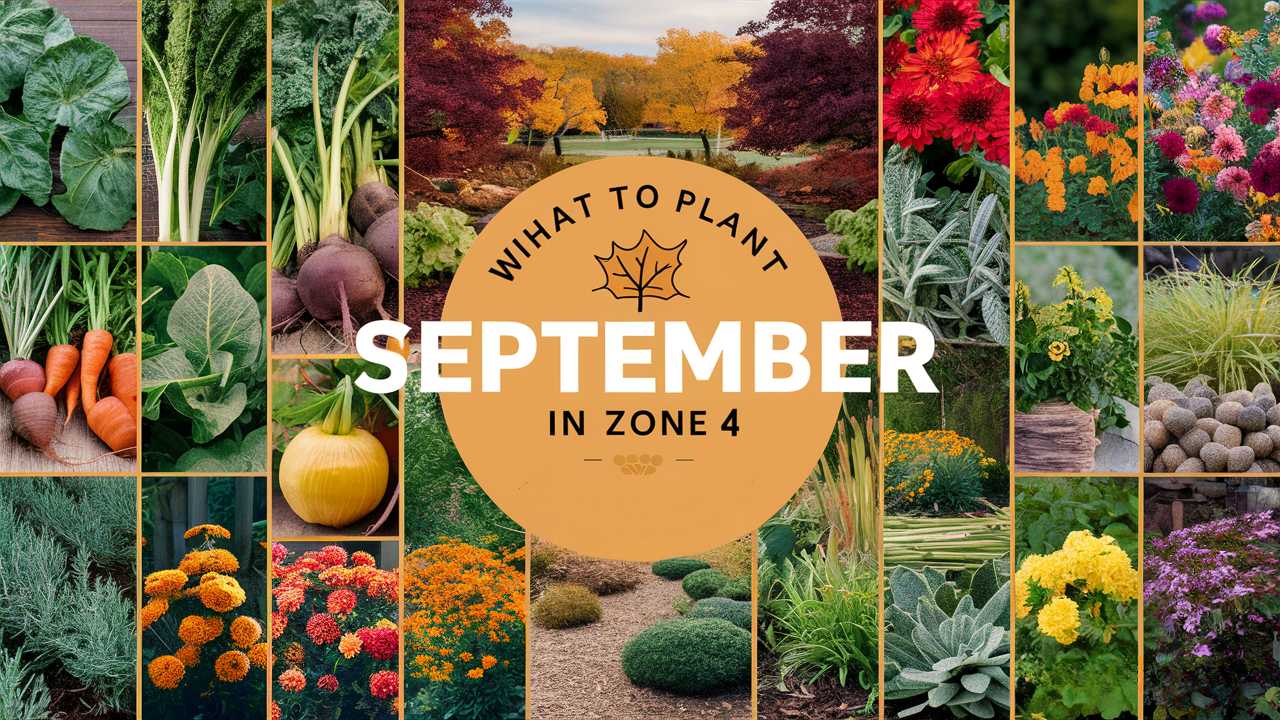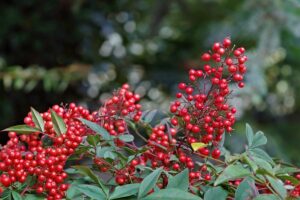September is a transitional month that offers an ideal time to sow a variety of vegetables, flowers, herbs, and landscape plants that not only withstand the brisk cooler temperatures but thrive in them. Understanding your planting options and their specific needs can lead to a flourishing garden even as the leaves begin to change.
Vegetables To Plant
Spinach
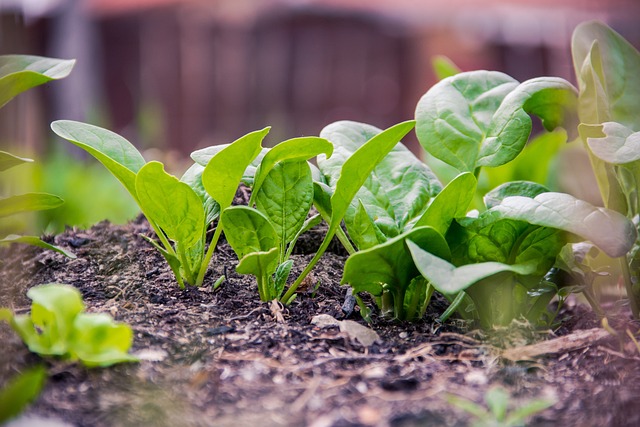
Spinach is a cold-tolerant leafy green that’s perfect for planting in September. This nutrient-dense vegetable thrives in cooler temperatures, often growing best when nighttime temperatures drop to around 40°F. In Zone 4, spinach can be sown directly into the ground until early to mid-September. This leafy green will sprout quickly, allowing you to harvest fresh spinach as temperatures cool down.
Temperature Tolerance: Spinach can tolerate frost and can even become sweeter after exposure to cool weather.
Kale
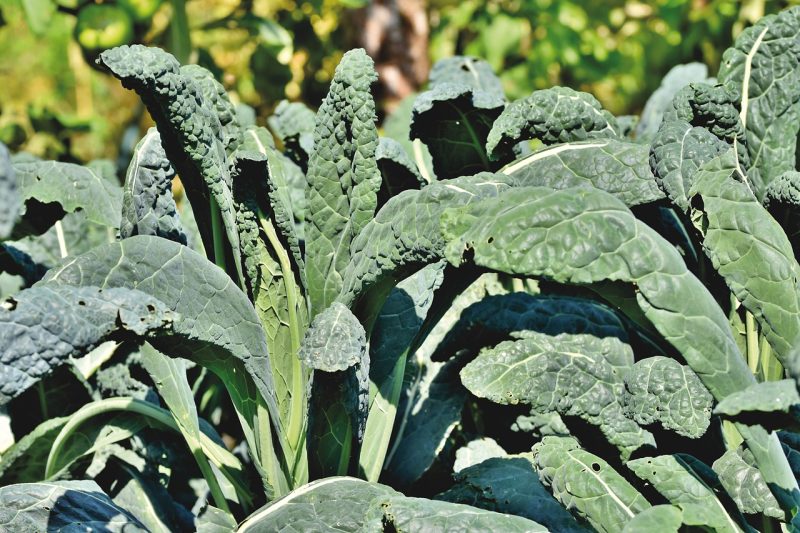
Another excellent option for September planting is kale. This robust green is not only delicious but is also one of the hardiest vegetables around. Kale can be planted until the end of September and thrives in cool weather. Its flavor improves with frost, making it a favorite among frost-hardy crops.
Temperature Tolerance: Kale can withstand temperatures as low as 20°F, making it a prime candidate for fall harvests.
Radishes

Radishes are quick-growing root vegetables that can be sown until mid-September in Zone 4. With a rapid maturation cycle of about 30 days, these bright red or white root veggies are perfect for fall planting. They are particularly resilient to light frost, ensuring a crunchy addition to your autumn tables.
Temperature Tolerance: Radishes prefer cooler temperatures and can be harvested even after a light frost.
Carrots

Though they take longer to mature than radishes, carrots can still be planted in September, particularly the shorter varieties. These root vegetables benefit from the cool soil of fall, which can help keep them sweet and crisp. Sow seeds by the mid of September and enjoy carrots well into fall and winter with the help of mulch.
Temperature Tolerance: Carrots can survive hard frosts and can be reliably harvested until the ground freezes.
Beets
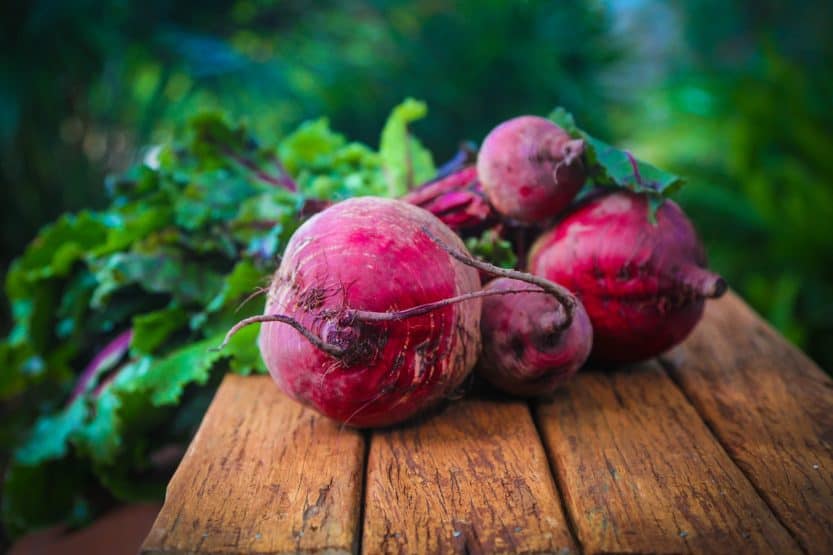
Beets are another excellent root vegetable suited for fall planting. They thrive in cooler weather and can be sown until the end of September. Beets are incredibly versatile, suitable for salads, soups, or roasting, and they store well through the winter.
Temperature Tolerance: Beets can handle frost, but once the soil begins to freeze, growth will halt until spring.
Turnips
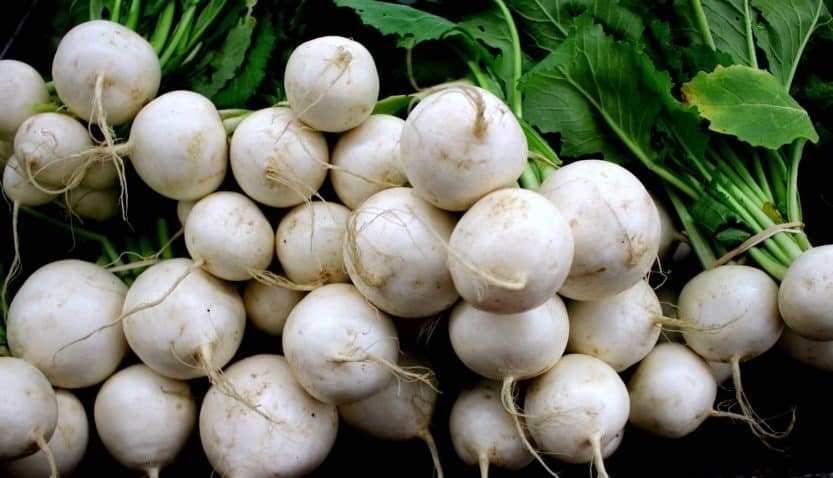
Turnips are a delightful and hardy root vegetable that can be planted in September, taking about 60 days to mature. These versatile roots thrive in cooler weather, making them ideal for fall planting. Not only can you harvest the roots, but the greens are also edible and packed with nutrients.
Temperature Tolerance: Turnips can withstand frost, enhancing their flavor.
Peas
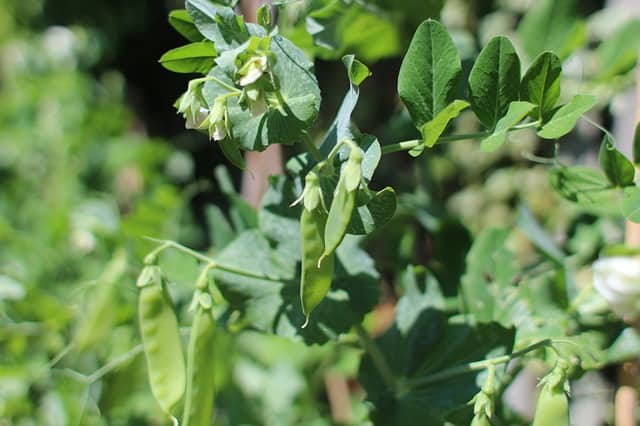
Certain varieties of peas, particularly winter types like the “Overwintering Pea,” can be planted in late September to establish early growth for a spring harvest. If you live in a milder part of Zone 4, you may find that these resilient plants can handle light frosts.
Temperature Tolerance: Peas can withstand temperatures as low as 20°F and thrive in cool conditions.
Garlic
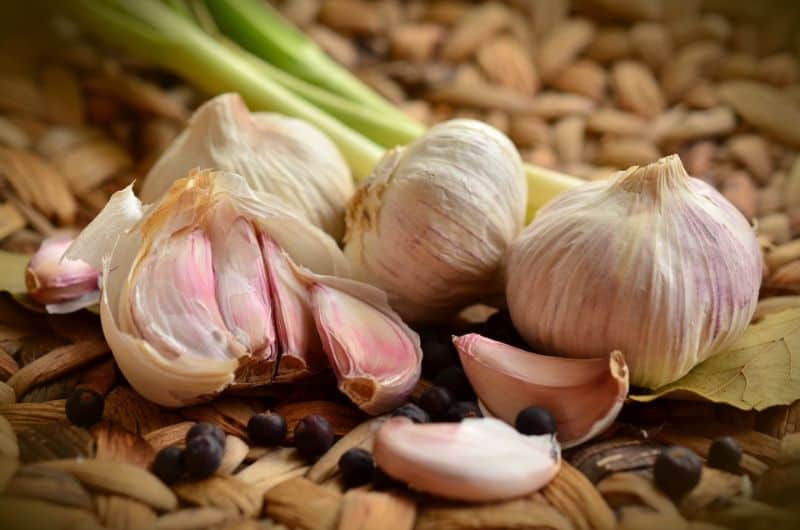
September is an ideal time to plant garlic in Zone 4. This versatile herb can be planted in late September for a robust harvest the following summer. Garlic prefers well-drained soil, and planting it in the fall allows it to establish roots before the ground freezes.
Temperature Tolerance: Garlic benefits from cooler soil temperatures, leading to enhanced bulb formation.
Onions
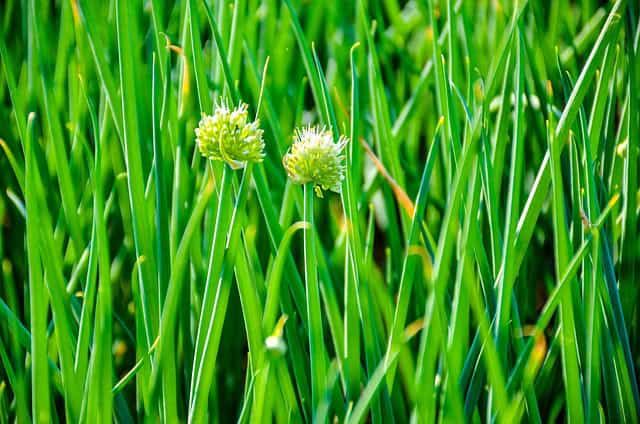
While it’s late in the growing season for onions, September is still a good time to plant sets for an early spring harvest in Zone 4. These bulb vegetables can be planted until mid-September. Opt for short-day varieties if you want a successful crop.
Temperature Tolerance: Onions can handle mild frost but need to be protected when freezing temperatures strike.
Lettuce

Lettuce is a popular crop for fall gardening in Zone 4 and can be direct seeded until mid-September. Choosing varieties such as butterhead or leafy types that mature quickly will ensure you have fresh salads well into the autumn months.
Temperature Tolerance: Most lettuce varieties can tolerate light frosts, making them apt for fall planting.
Flowers To Plant
Asters
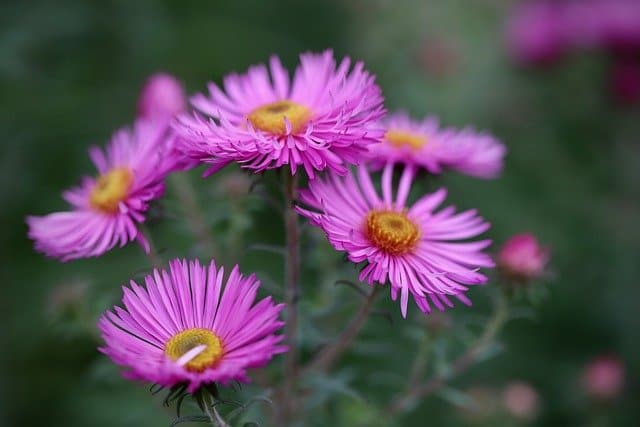
Asters are hardy perennials that bloom beautifully in late summer through fall. They can be planted in September and are an excellent choice for adding bursts of color to your garden as the season changes. Asters thrive in well-drained soil and full sun, making them relatively low-maintenance.
Temperature Tolerance: These perennials can survive frost and provide food for pollinators late into the season.
Chrysanthemums (Mums)
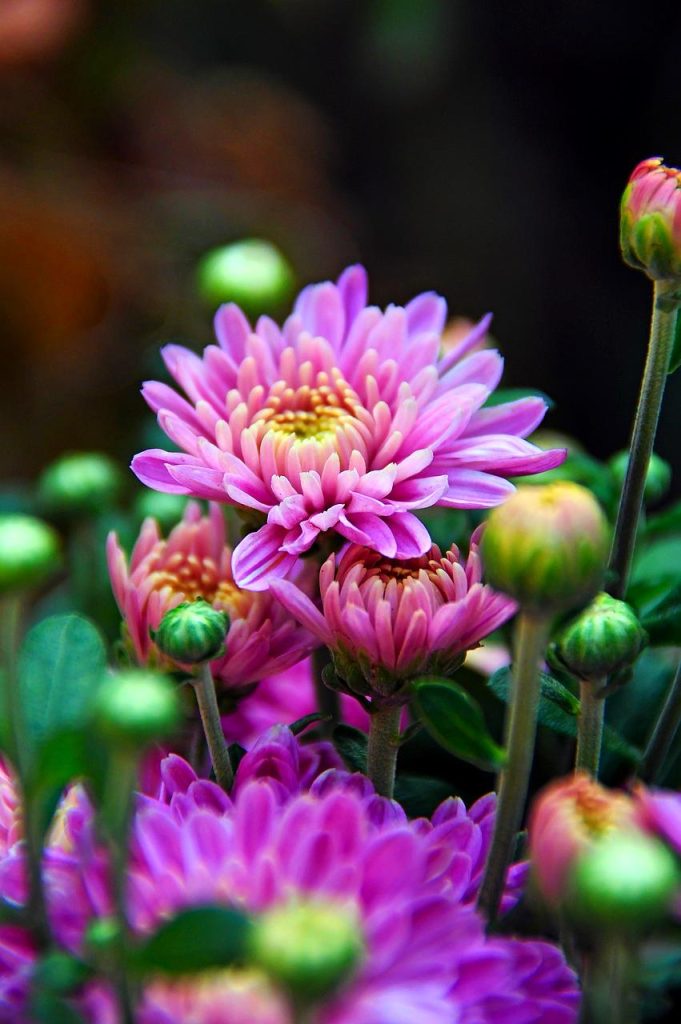
Chrysanthemums are quintessential fall flowers. September is an opportune time to plant these vibrant blooms, renowned for their broad range of colors. They can be planted directly into the garden or in pots for a decorative touch in outdoor areas.
Temperature Tolerance: Mums are hardy and can tolerate cooler temperatures, often continuing to bloom until the first hard frost.
Sedum
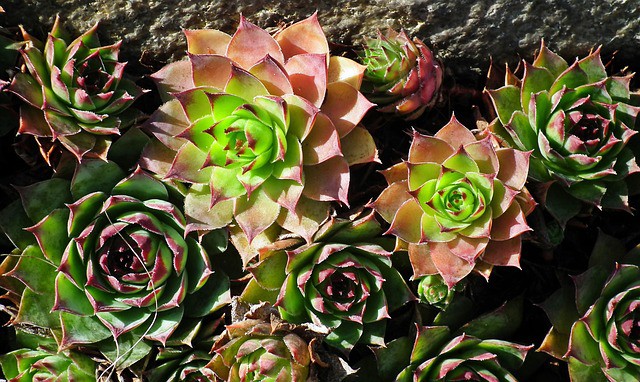
Sedums, or stonecrops, are succulent perennials that can be planted in September. Known for their drought resistance and ability to flourish in poor soil, these plants add texture and color to gardens. Look for varieties like “Autumn Joy” for vibrant, rosy flowers in the fall.
Temperature Tolerance: Sedums thrive in cooler temperatures and can even handle frost without harm.
Japanese Anemone
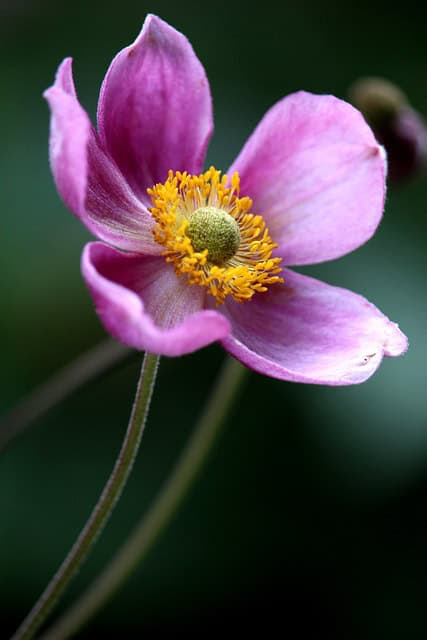
These beautiful perennials bloom in late summer and early fall, making them an excellent addition to your September planting schedule. Japanese anemones love full sun to partial shade and prefer well-drained soil. When they bloom, they create stunning white or pink flowers that can add charm to any garden.
Temperature Tolerance: They are quite resilient and manage well even as temperatures begin to drop.
Pansies

Pansies are a delightful annual that you can plant in early September. Known for their cheerful blooms, pansies thrive in cooler weather, making them perfect for brightening up fall gardens. They come in a stunning array of colors and can often survive light frosts.
Temperature Tolerance: Pansies can tolerate down to 30°F and can even give gardens a head start in spring.
Ornamental Cabbage and Kale
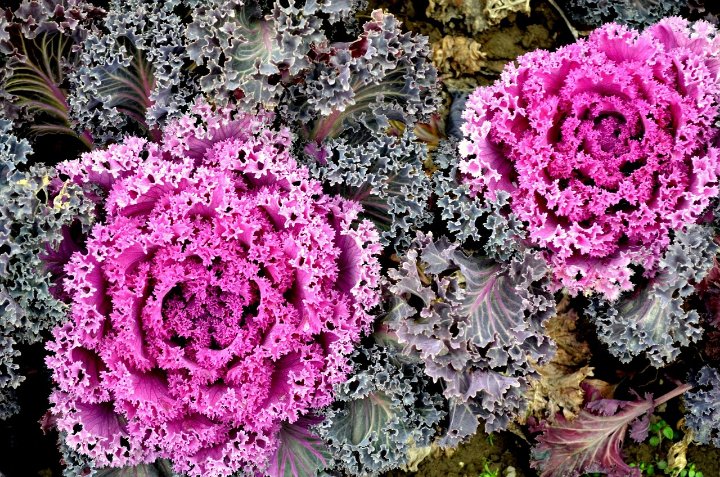
For a truly unique touch in your fall garden, consider ornamental cabbage and kale. These plants are hardy and offer striking colors that range from white to purple. They can be planted in September for a pop of color that lasts through winter.
Temperature Tolerance: Both ornamental cabbage and kale can withstand cold temperatures and even snow.
Black-Eyed Susans
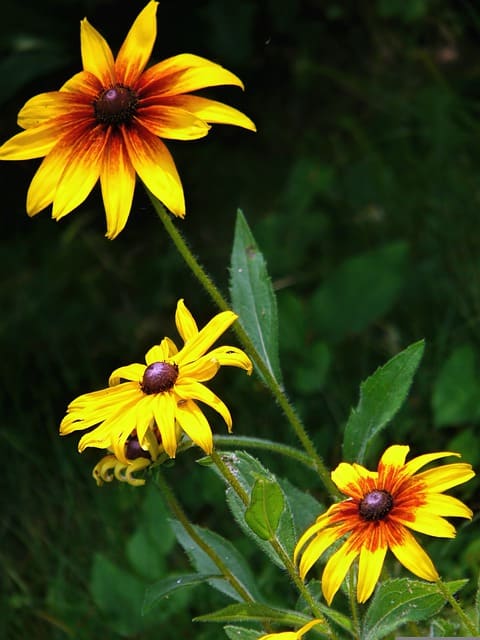
Brightly colored Black-Eyed Susans are a wonderful choice for planting in September. Known for their sunny yellow petals and dark centers, they are hardy perennials that thrive in a variety of conditions. Plant them in sunny locations for resiliency against frost.
Temperature Tolerance: These resilient flowers can withstand colder temperatures and will brighten up your late-season landscape.
Coneflowers (Echinacea)
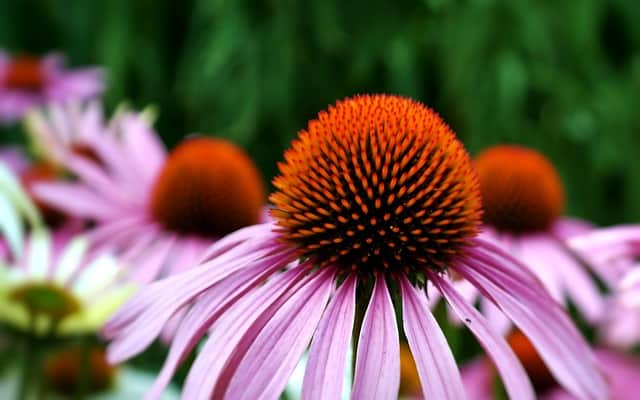
Coneflowers are perennials that boast colorful blooms and are beloved by pollinators. Planting these in September can ensure that they establish roots before winter sets in, leading to a robust display in the spring and summer.
Temperature Tolerance: Echinacea is hardy and can establish even in cooler autumn temperatures.
Foxglove
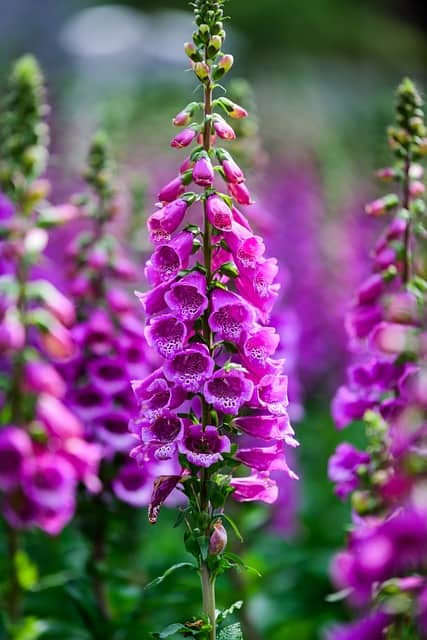
Foxglove can be sown directly into well-drained soil in September. Its towering spikes of bell-shaped flowers can be stunning at the back of flower borders. While a biennial, it will often bloom in the second year, scattering seeds that ensure future growth.
Temperature Tolerance: Foxglove can withstand early frosts, making September an ideal time for planting.
Herbs To Plant
Cilantro

Cilantro is a versatile herb abundant in flavor, perfect for fall planting in September. This herb is particularly suited for cooler climates, and planting in early September can yield fresh leaves well into the season. Cilantro prefers well-drained soil and partial sun.
Temperature Tolerance: Cilantro grows best in cooler temperatures, typically thriving until the first frost.
Chives
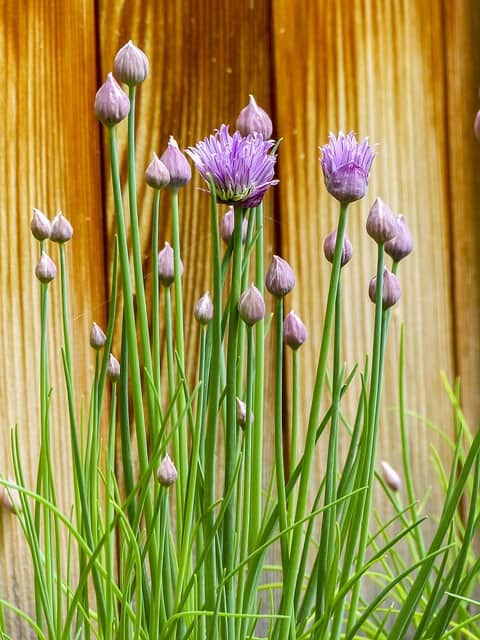
Chives are a perennial herb that can be planted in September. This easy-to-grow herb enhances dishes with its mild onion flavor. Chives are hardy and can be cultivated in both garden beds and containers, giving you flexibility in location.
Temperature Tolerance: Chives are cold-tolerant and can survive down to 20°F, often returning in spring.
Oregano

As a hardy perennial herb, oregano is another great option for planting in early September. This flavorful herb is ideal for culinary use and requires full sun and well-drained soil. Once established, it will thrive in the cooler temperatures of fall.
Temperature Tolerance: Oregano can survive light frost, making it resilient and easy to maintain.
Thyme
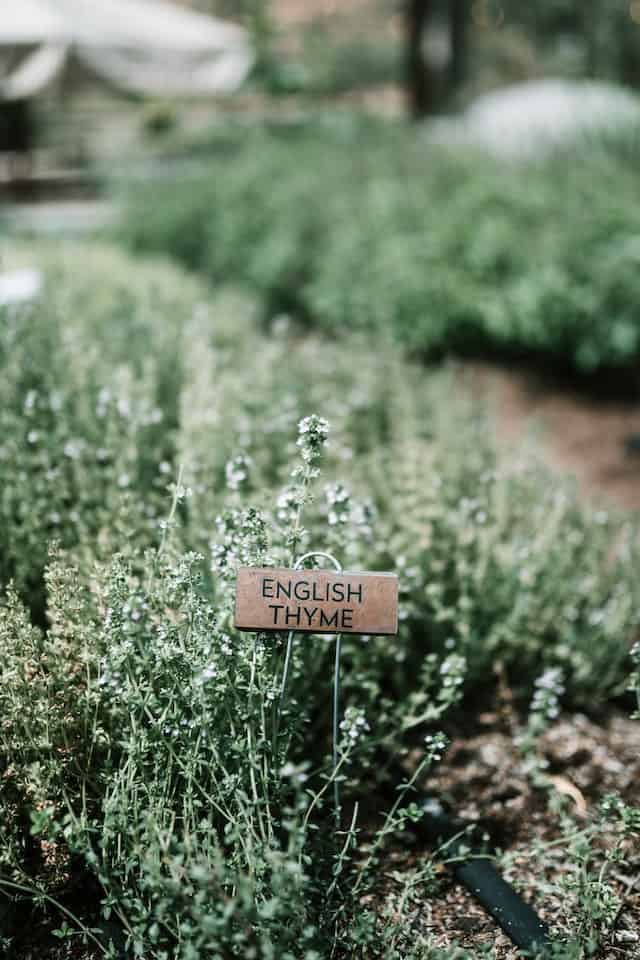
Thyme is a perennial herb that can flourish when planted in September. This herb does exceptionally well in well-drained soil and sunny conditions. Thyme is not just a culinary delight; it also attracts beneficial pollinators to your garden.
Temperature Tolerance: It can tolerate cold temperatures and frost, ensuring it remains productive even in cooler weather.
Parsley

September is an excellent time to sow parsley as it thrives in cooler weather. Whether you choose curly or flat-leaf varieties, this herb is a staple in many dishes. It can be grown both indoors and outdoors, making it a versatile choice.
Temperature Tolerance: Parsley thrives in cooler conditions and is quite frost-resistant.
Sage

Sage is a hardy perennial herb that can be planted in September in Zone 4. This fragrant plant is perfect for culinary uses and ornamental purposes. Ensure it receives full sun and well-drained soil to promote growth and flavor.
Temperature Tolerance: Sage can withstand frost and cold; thus, it is suitable for fall planting.
Dill
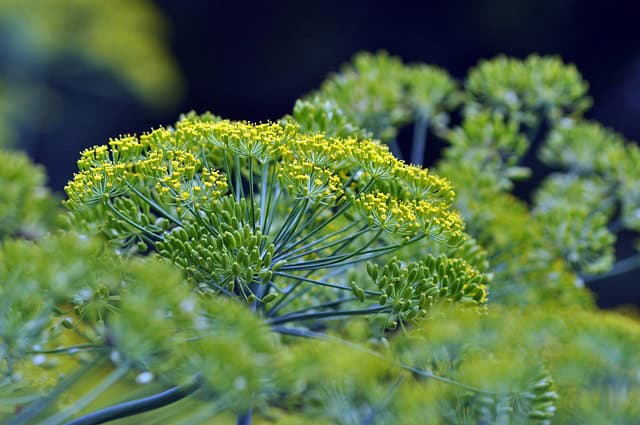
Dill, known for its signature feathery leaves and seeds, can be planted in September. This annual herb adapts well to the cooler temperatures of fall and is a great addition to both culinary dishes and pickles.
Temperature Tolerance: Dill can tolerate a light frost, allowing for a viable harvest during the cooler months.
Mint
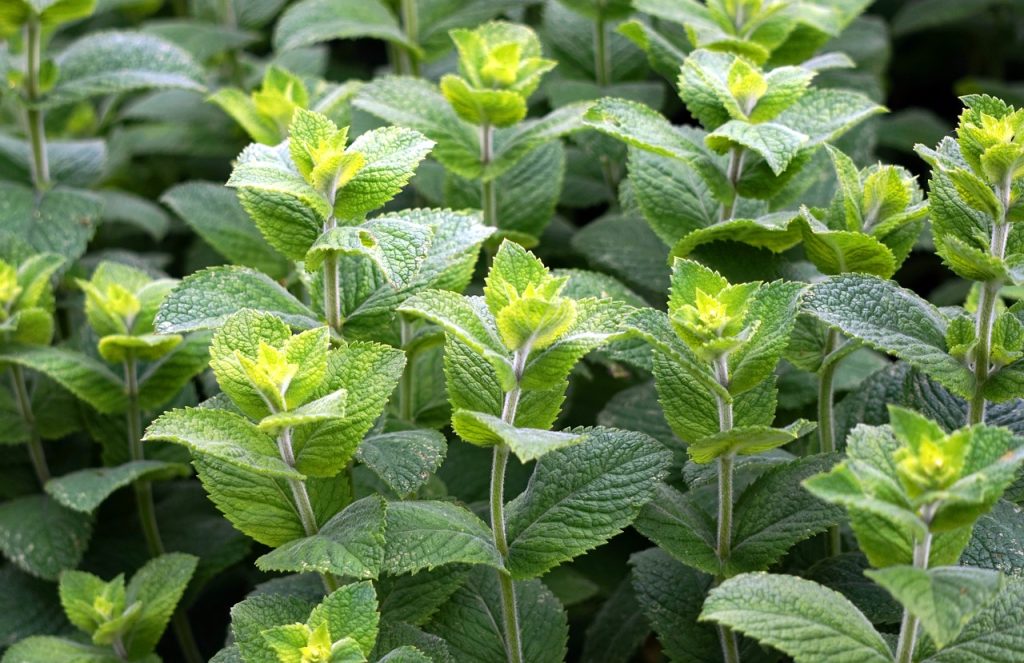
While mint can be planted throughout the growing season, September is a favorable time in Zone 4. It prefers moist, well-drained soil and can thrive with minimal maintenance. Mint lends itself well to a variety of culinary uses, from tea to salads.
Temperature Tolerance: Mint is quite resilient and can survive a light frost.
Fennel
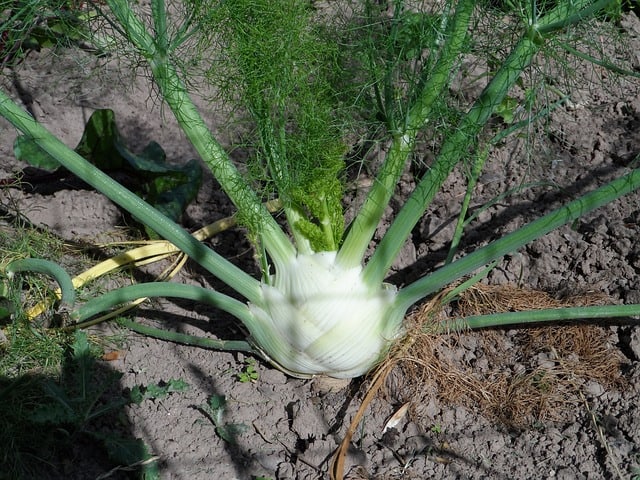
Fennel can be sown until mid-September in cooler climates. This feathery herb offers both culinary and ornamental qualities. The flavor of fennel bulbs becomes more pronounced as temperatures drop, making it a great fall planting option.
Temperature Tolerance: Fennel can withstand cooler temperatures but needs protection from hard frost.
Landscape Plants To Plant
Daylilies
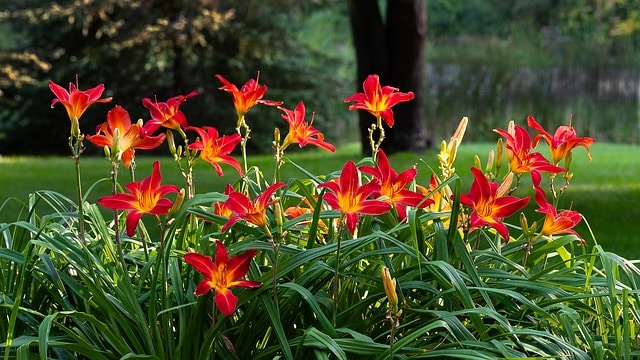
Daylilies are classic perennial favorites that can be planted in September in Zone 4. Known for their resilience and adaptability, they bloom beautifully in summer and thrive in various soil types. Planting them in September allows their roots to establish before the colder months arrive.
Temperature Tolerance: Daylilies can tolerate frost and establish themselves well in cooler temperatures.
Hostas
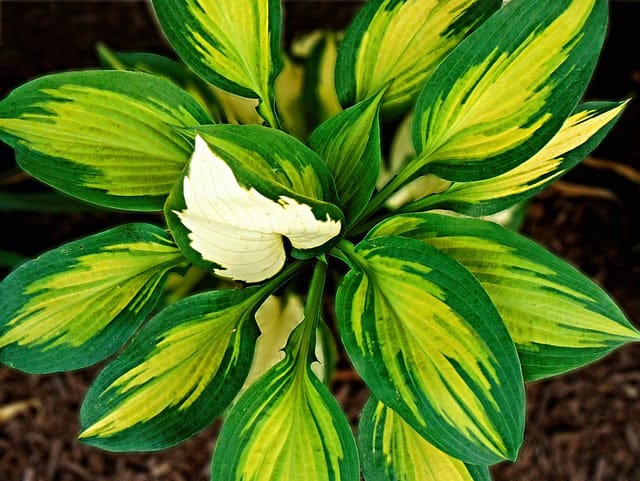
For those looking for lush foliage, hostas are a fantastic choice. Planting them in September gives them time to root before winter. They are shade-loving plants, making them suitable for garden beds in low-light areas.
Temperature Tolerance: Hostas are quite cold-tolerant and handle frost well.
Peonies
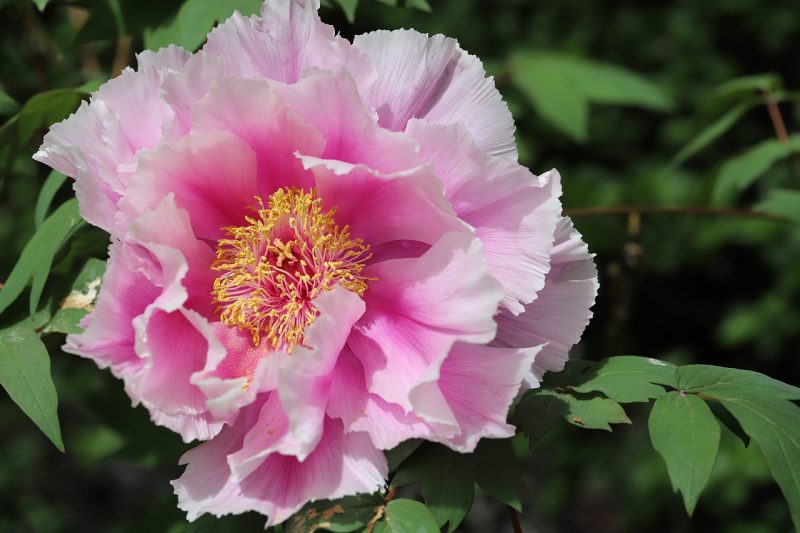
Peonies are beloved for their large, fragrant blooms and can be planted in late summer to early fall, specifically in September. These perennials thrive in well-drained soil and full sun, and they can take a couple of years to establish but reward gardeners with longevity.
Temperature Tolerance: Peonies can withstand cold temperatures, making them great fall plants.
Lilacs
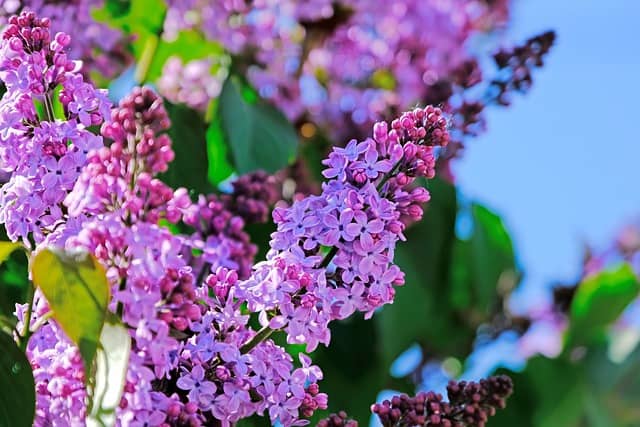
September is an excellent time to plant lilacs, which are cherished for their fragrant blooms. Ensure they are placed in a sunny area for optimal growth. Lilacs establish well in cooler temperatures and are quite resilient to frost.
Temperature Tolerance: Lilacs can tolerate frosty conditions, ensuring they thrive with proper care.
Butterfly Bush
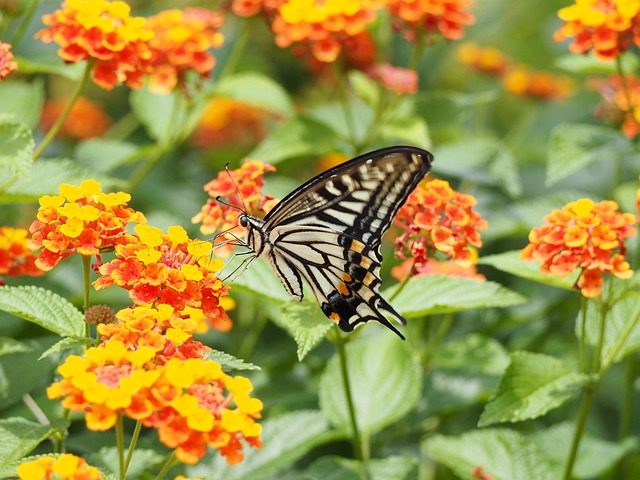
For those wanting to attract pollinators, the butterfly bush is a fantastic landscape option. Planting in early September helps establish roots before winter, allowing for a strong start in spring. They prefer well-drained soil and can tolerate various conditions.
Temperature Tolerance: While they can survive mild winters, extreme cold may require protection.
Ornamental Grasses
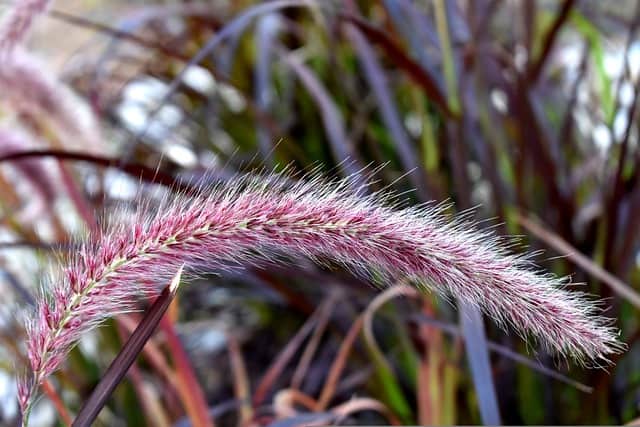
Planting ornamental grasses like miscanthus or fountain grass in September can add depth and interest to your garden. These hardy plants tolerate cooler conditions and thrive back to life as soon as spring arrives.
Temperature Tolerance: Ornamental grasses are quite hardy and can withstand frost.
Hydrangeas
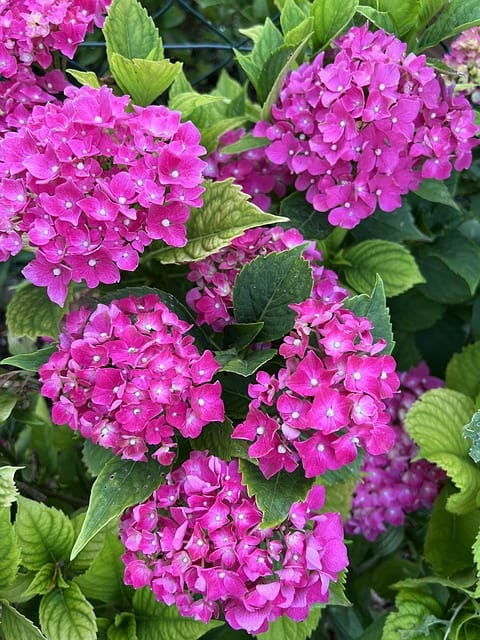
Hydrangeas planted in September have the chance to establish themselves before the winter chill. These popular shrubs bloom in a variety of colors and thrive in both sun and shade, making them a versatile choice for any garden.
Temperature Tolerance: They are resilient and can survive cold temperatures, although adequate protection is advisable in harsher climates.
Barberry
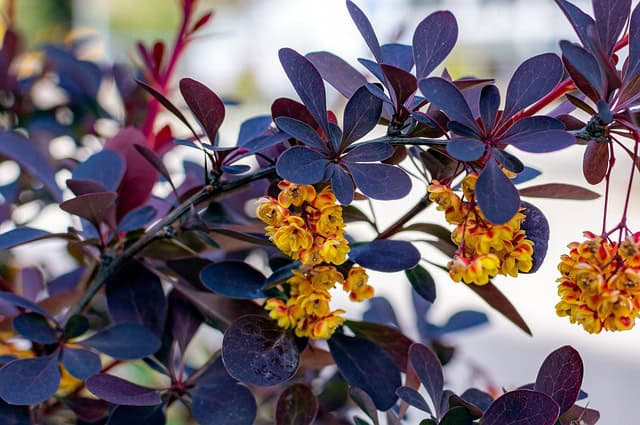
The barberry shrub is an excellent landscape plant for fall, noted for its hardiness and decorative thorny branches. Planting in September gives it enough time to settle before the winter frost hits. Barberries prefer full sun but will tolerate partial shade.
Temperature Tolerance: Barberry is cold-hardy and can survive in soils that remain frozen.
Redtwig Dogwood
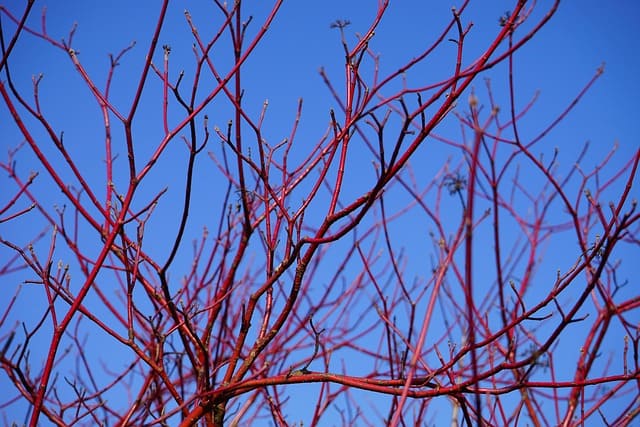
Known for its striking red stems, the redtwig dogwood makes an outstanding addition to landscape design. Planting in September allows it to establish itself well before winter. This shrub thrives in various conditions and is especially excellent in wet areas.
Temperature Tolerance: Redtwig dogwoods are hardy and can endure cold winters.


